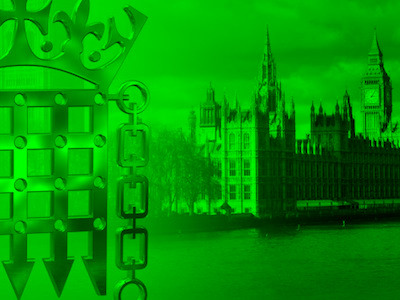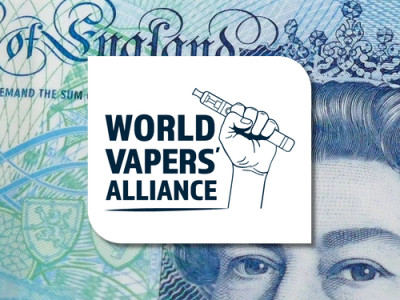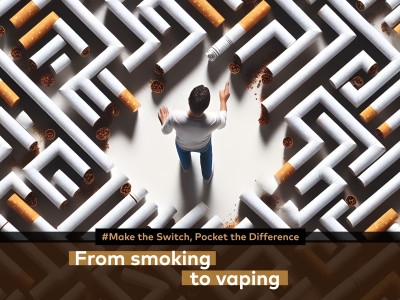Many of his recent pieces of work are hidden away behind paywalls, ready to be cited by anti tobacco harm reduction activists but beyond the reach of most vapers or academics who would simply like to view the papers. Misspelt papers like “Modeling the Effects of E-cigarettes on Smoking Behaviour” are locked away from prying eyes.
A clear indication of the kind of work Pierce produces can be gleamed from viewing the abstract of “E-cigarette use and smoking reduction or cessation in the 2010/2011 TUS-CPS longitudinal cohort”. The team he was a part of writes: “Among early adopters, ever-use of first generation e-cigarettes to aid quitting cigarette smoking was not associated with improved cessation or with reduced consumption, even among heavier smokers.” The conclusion runs contrary to the experience of every single vaper – and the findings that over half of the UK’s vapers have totally quit smoking.
So, in “Receptivity to Tobacco Advertising and Susceptibility to Tobacco Products”, is it any wonder that the nineteen team members managed to find out that (shockingly) never-smoking teens notice electronic cigarette adverts more than any other type of teen.
The team began with the erroneous assumption that “non–cigarette tobacco marketing is less regulated and may promote cigarette smoking among adolescents.” If ecig adverts promote cigarette smoking then why has there been a decline in both the rates of American teen smoking and vaping? Also, if this marketing is so successful then why is it that vaping is almost exclusively restricted to teens who smoked? People like Pierce care little for such flotsam, who needs to refer to actual facts when you can use statistics to try to whip up a good media frenzy.
Their results claim to show: “41% of 12 to 13 year olds and half of older adolescents were receptive to at least 1 tobacco advertisement. Across each age group, receptivity to advertising was highest for e-cigarettes (28%–33%) followed by cigarettes (22%–25%), smokeless tobacco (15%–21%), and cigars (8%–13%). E-cigarette ads shown on television had the highest recall.”
They concluded: “A large proportion of US adolescent never tobacco users are receptive to tobacco advertising, with television advertising for e-cigarettes having the highest recall. Receptivity to advertising for each non–cigarette tobacco product was associated with susceptibility to smoke cigarettes.”
Some may wonder why the authors think they have no potential conflicts of interest to disclose?
Photo Credit:
Girls https://c1.staticflickr.com/4/3372/3595175373_ef206c8130_b.jpg
Advert http://s0.geograph.org.uk/geophotos/05/37/94/5379443_a709cebb.jpg
Dave Cross
Journalist at POTVDave is a freelance writer; with articles on music, motorbikes, football, pop-science, vaping and tobacco harm reduction in Sounds, Melody Maker, UBG, AWoL, Bike, When Saturday Comes, Vape News Magazine, and syndicated across the Johnston Press group. He was published in an anthology of “Greatest Football Writing”, but still believes this was a mistake. Dave contributes sketches to comedy shows and used to co-host a radio sketch show. He’s worked with numerous vape companies to develop content for their websites.
Join the discussion
Parliament Fears Two
The Department for Environment, Food and Rural Affairs faced questions from a Conservative MP and, oddly, a member of the Department for Environment, Food and Rural Affairs
Harm Reduction For The Rich
The United Kingdom risks becoming a harm reduction country only for the wealthy, according to Michael Landl of the World Vapers’ Alliance
Sacrificing Health For 2p Cut
Tory Government alienates vaping voters with its mission to cut tax by an unaffordable 2p to attract voters by placing a tax on vape products in the forthcoming budget
CAPHRA Highlights Tobacco Control Flaws
The Coalition of Asia Pacific Tobacco Harm Reduction Advocates highlights the flaws in tobacco control which has led to the rise of black market in Australia












